Anti-Armour Doctrine: The Missing Key to Winning the Land Battle in the Integrated Domain
As we have seen in recent times, the modern battlefield is not confined to lines on a map or enemy armoured formations rolling across open terrain. It spans cyber networks, satellites, electromagnetic spectrums, littoral, jungle, and contested urban environments. Yet despite the growing complexity of multi-domain operations, one truth remains: control of the land domain still matters. Armoured vehicles – tanks, infantry fighting vehicles, ground lines of communication, and mobile artillery – remain central to land dominance.[1] If we are to enable the joint force to fight and win within the integrated domain, we must have a mature foundational level anti-armour doctrine.
Armour (or the return of) in the Multi-Domain Fight
From the Donbas to Gaza, modern conflicts prove that armoured tactical elements remain at the forefront of ground campaigns to seize and hold ground in the land domain. Armoured vehicles are more lethal, mobile, and protected than ever – often integrated into sensor-to-shooter kill chains that span multiple domains.[2] In such a fight, defeating enemy armour is not simply a tactical necessity; it is a gateway to helping achieve operational freedom of manoeuvre. A dedicated anti-armour doctrine ensures we can not only survive contact with the enemy, but we can dominate the enemy – across contested electromagnetic environments, under persistent ISR threats, and all the while synchronising effects with Air, Sea, Cyber and Space elements.[3]
Doctrine as a Foundation for Multi-Domain Lethality
In today’s integrated battlespace, tactics without foundational doctrine becomes guesswork. A fragmented approach to anti-armour – currently buried across a number of different publications and limited unit TTP and SOPs[4] – causes a stovepipe effect, which is a key weakness in doctrine. There is a requirement to have the right anti-armour doctrine, which will integrate into key doctrine such as dismounted and formation tactics emphasising a common integrated operating environment demanding precision, speed, and coordination. A dedicated anti-armour doctrine would provide a common framework for how dismounted combatants, combat teams, and enablers should detect, target, and destroy armoured threats – whether using direct fire, precision munitions and drones, or partnered joint effects.[5] Anti-armour doctrine would institutionalise scalable tactics, planning and execution of ambushes in complex terrain, layered defence in depth, and multi-axis engagements – all applied across multiple domains. It would transform large, dispersed actions into unified efforts – essential for integrated land combat.[6]
Know the Threat, Shape the Fight
A highly effective anti-armour doctrine is not just about tactics and techniques – it is about understanding the enemy as well. This includes a ready reference of up-to-date profiles of enemy armour and armoured vehicle recognition within the document. What active protective systems are in use and how do they operate? What vulnerabilities exist in the enemy’s thermal or top-attack profile? Understanding how do enemy forces pair tanks with electronic warfare or UAV overwatch. These insights must all be doctrinally codified for wider distribution within Defence, not left for PowerPoint briefs or ‘tribal’ knowledge. Understanding not just ourselves as a system, but understanding the enemy system holistically, allows us to dominate it – not just kinetically, but cognitively and technically within the enemy’s broader operating system.[7]
Planning for Armour in close fight
The integration of anti-armour considerations into the planning cycle is fundamental to success in the ground fight. We have all been on exercises where planning for armoured threats is reactive and/or on an exercise where it is not seriously considered in mission planning. A formal doctrine ensures that terrain analysis, sensor coverage, anti-armour resource allocation, and ISR planning are front-loaded into mission planning and design. This is critical in a multi-domain environment where timing and coordination with joint effects (e.g., loitering munitions, aviation fires, space-enabled surveillance) are decisive.[8] It would also guide commanders on the employment and distribution of anti-armour assets across the force, ensuring resilience, redundancy, and reach – especially as sensor-shooter links shorten in time and increase in tempo.
Beyond Equipment: Mindset and Multi-Domain Training
Fighting armoured vehicles is as much psychological as it is physical and needs to be reflected throughout the training progression in specialist and career courses. Commanders, planners, and combatants need to have more than confidence in their weapons – combatants need clarity in their role, trust in supporting effects, and belief in the broader targeting systems (aka, kill chain). Anti-Armour doctrine shapes and reinforces this mindset for combatants and junior leaders. It builds assurance that every level of command understands how to fight and win against enemy armoured threats – not in isolation, but as part of an integrated force.[9]
Conclusion
Winning the land battle is inseparable from winning the integrated battle, and in that context, defeating enemy armour remains a cornerstone capability. A dedicated anti-armour doctrine is no longer a specialist concern – it is essential for enabling freedom of manoeuvre, ensuring survivability, and generating decisive lethality in multi-domain operations. As peer threats evolve and domains converge, the Army must equip its personnel not just with tools, but also with knowledge – codified, trained, and rehearsed through doctrine. If we as an army are serious about dominating the land domain as part of the integrated force, anti-armour fighting and winning must move from the margins to an integrated thinking mindset. Foundational Doctrine is how we make that shift.
References
Australian Defence Force (Army). (2022). Land Warfare Doctrine 1: The Fundamentals of Land Power. Department of Defence.
Kofman, M., & Fink, A. (2023). Lessons from the Russo-Ukrainian War for Western Armies. Center for Naval Analyses.
RAND Corporation. (2023). Modernizing Army Anti-Armor Capabilities. https://www.rand.org/pubs/research_reports/RRA1234-1.html
US Army TRADOC. (2022). FM 3-0: Operations. U.S. Army Training and Doctrine Command.
UK Ministry of Defence. (2022). Integrated Operating Concept 2025. https://www.gov.uk/government/publications/integrated-operating-concept-2025
US Department of Defense. (2023). Joint All-Domain Command and Control (JADC2) Strategy. https://media.defense.gov
Watling, J., & Reynolds, N. (2021). The Return of Industrial Warfare. Royal United Services Institute (RUSI). https://rusi.org/explore-our-research/publications/commentary/return-industrial-warfare
End Notes
[1] Watling, J., & Reynolds, N. (2021). The Return of Industrial Warfare. Royal United Services Institute (RUSI).
[2] Kofman, M., & Fink, A. (2023). Lessons from the Russo-Ukrainian War for Western Armies.
[3] US Army TRADOC. (2022). FM 3-0: Operations. U.S. Army Training and Doctrine Command.
[4] Examples being; LP 3.4.4 Infantry Direct Fire and Manoeuvre Support, LP 7.1.9 Equipment Recognition Guide, LP 3.1.10 Tank Regiment, LP 3.1.9 Employment of Armour, Individual Battalion SOP’s and AFV guide, such as 1RAR DFSW Handbook, 3RAR AFV guide, 7RAR AFV published SOPs, etc.
[5] Australian Defence Force (Army). (2022). Land Warfare Doctrine 1: The Fundamentals of Land Power.
[6] US Army TRADOC. (2022). FM 3-0: Operations. U.S. Army Training and Doctrine Command.
[7] RAND Corporation. (2023). Modernizing Army Anti-Armor Capabilities.
[8] UK MOD. (2022). Integrated Operating Concept 2025.
[9] Watling, J., & Reynolds, N. (2021). The Return of Industrial Warfare. Royal United Services Institute (RUSI).
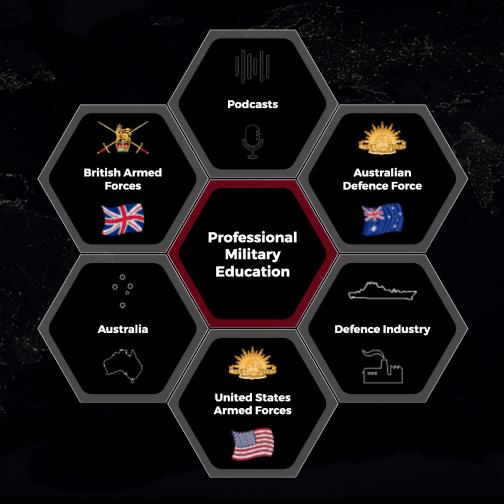


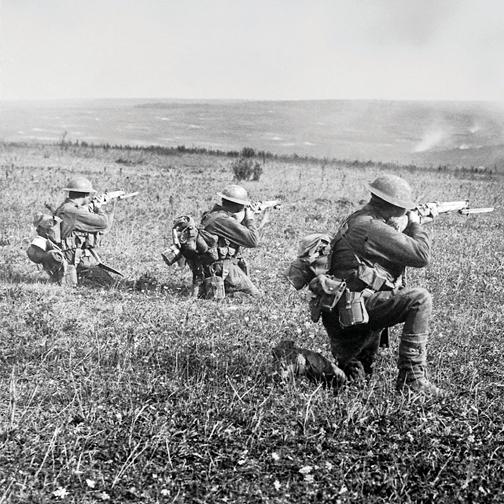


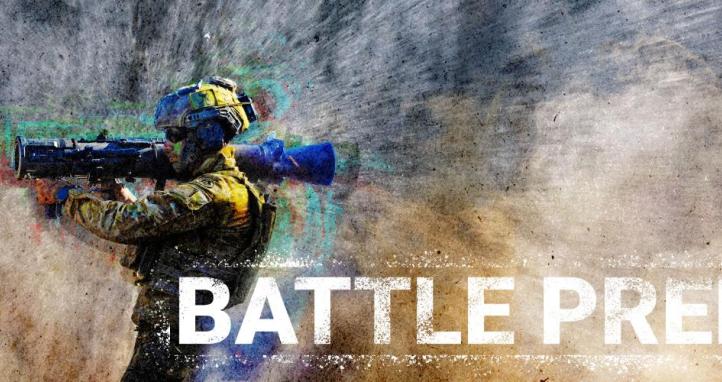
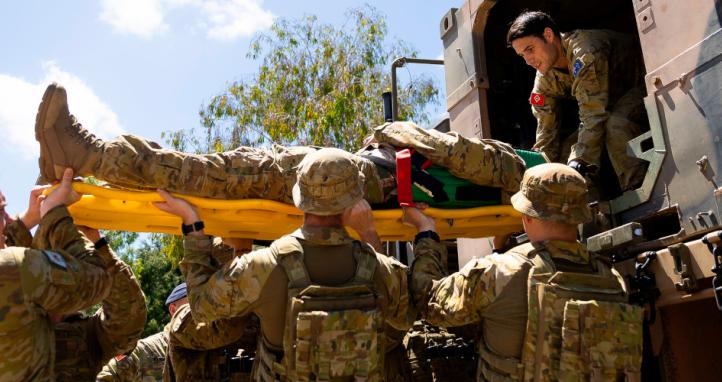

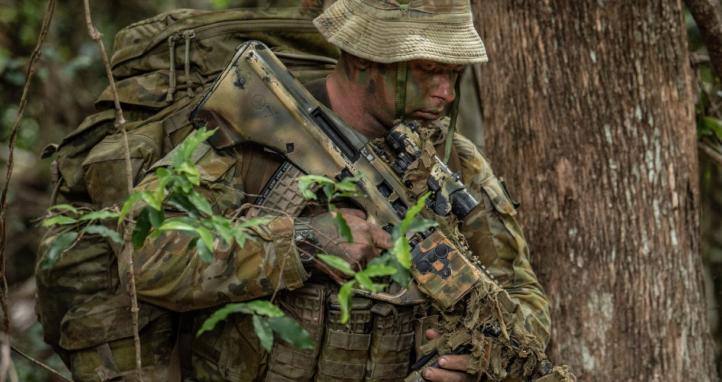
Tanks have been stripped from 1st Armoured Regiment and the unit has been made a non-combatant. Furthermore, the combat power of Army's sole armoured brigade has been reduced by two armoured squadrons and a battlegroup headquarters. All this at a time when our strategic outlook is described as "most perilous".
It seems that the Defence budget has to be pruned considerably if the ADF is to be able to afford the AUKUS subs. Investment in armour, e.g. active protection systems and advanced concealment options, is a thing of the past.
Like you, I would argue that now is the time for a clear anti-armour doctrine to be developed. Defence, however, seems to take the view that the 'tank is dead' (at least until the budgetary resources become available).